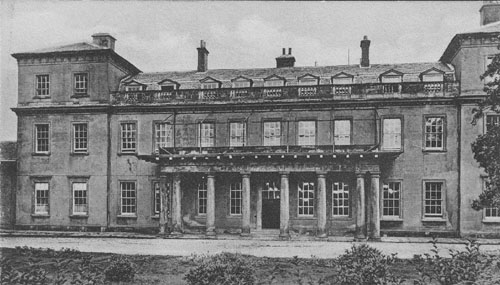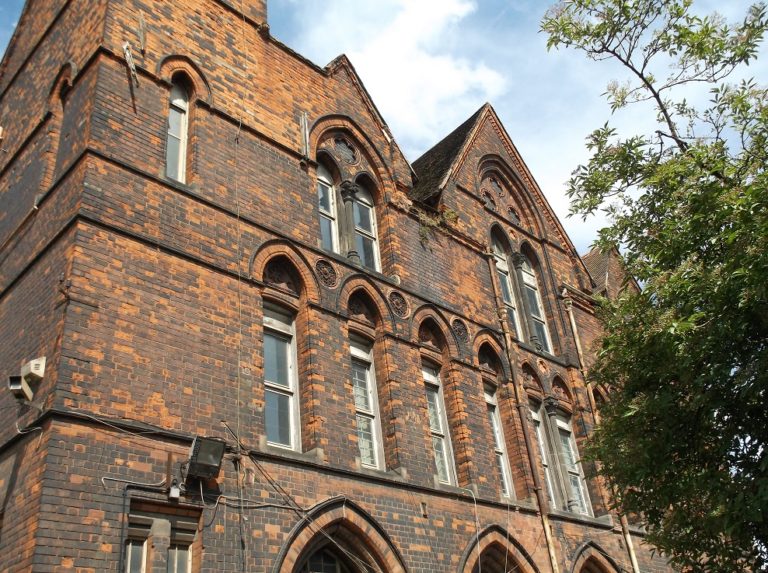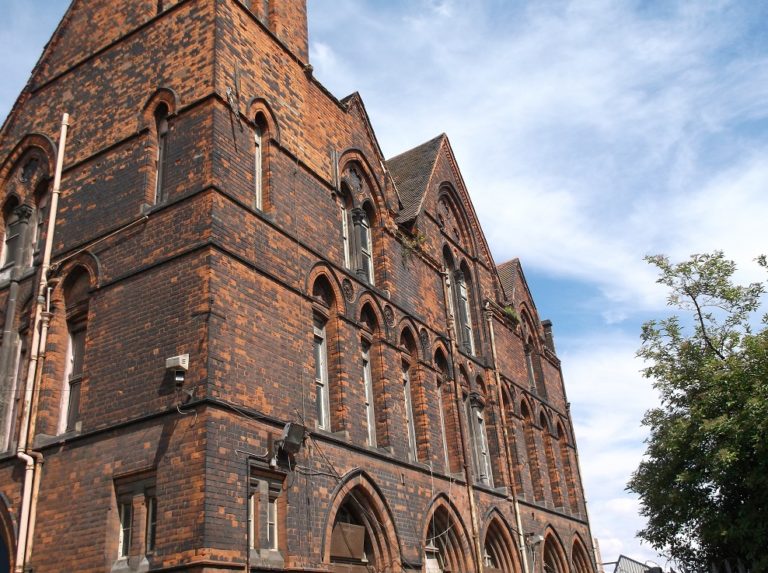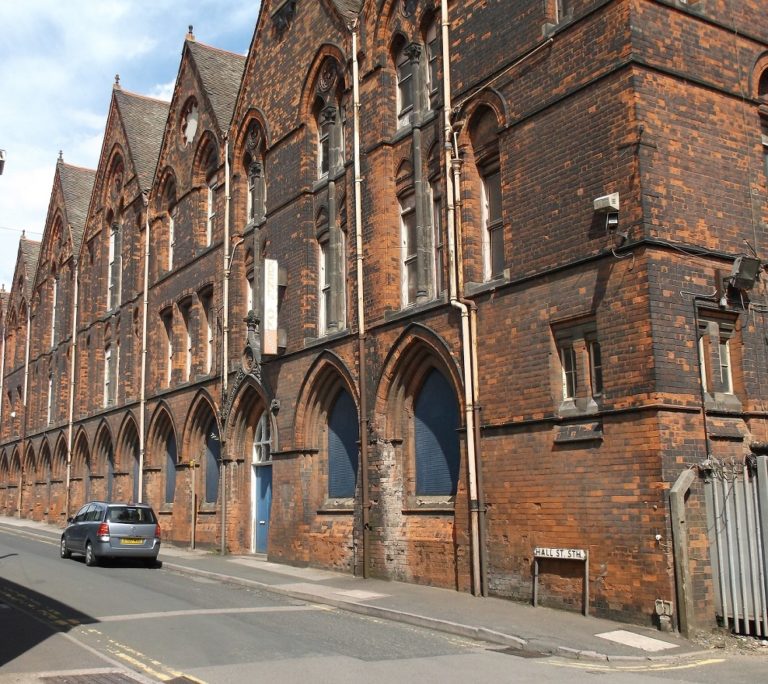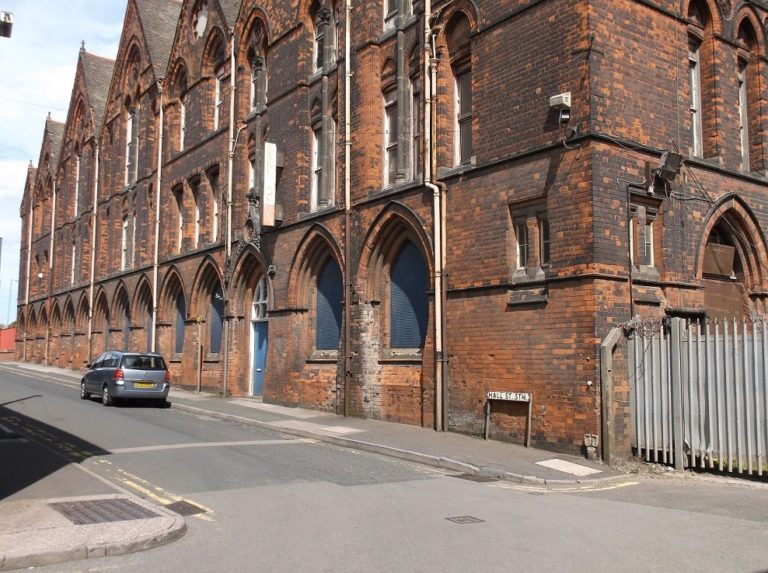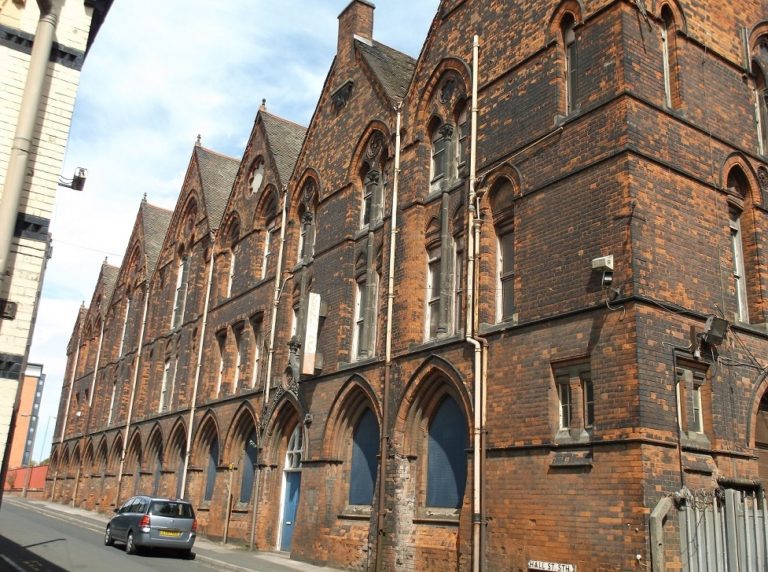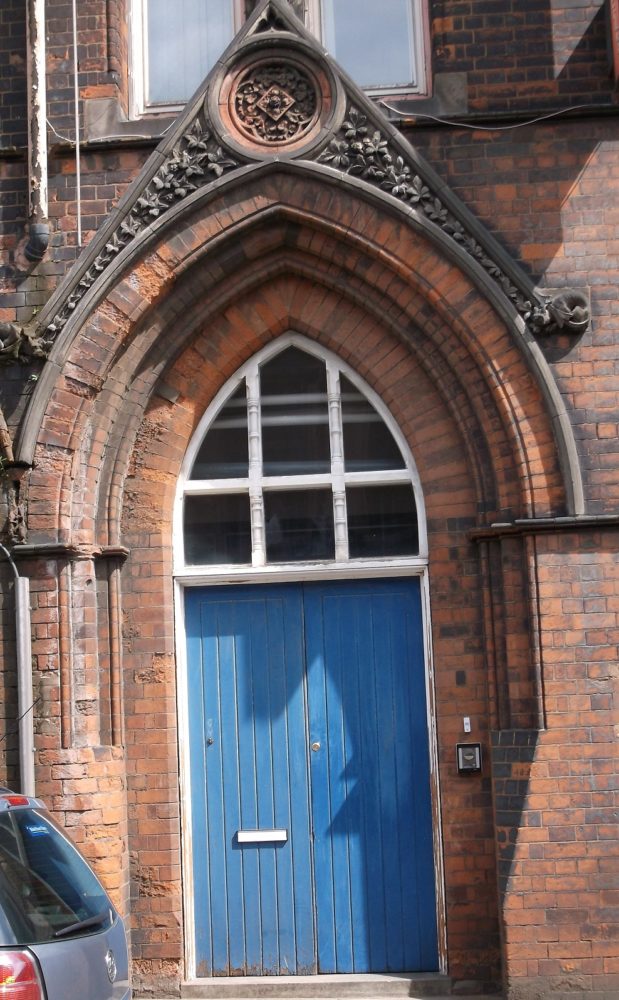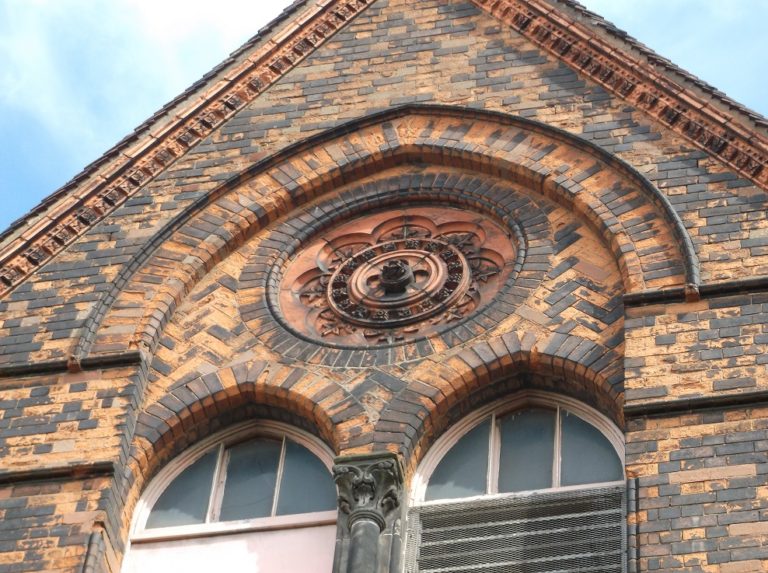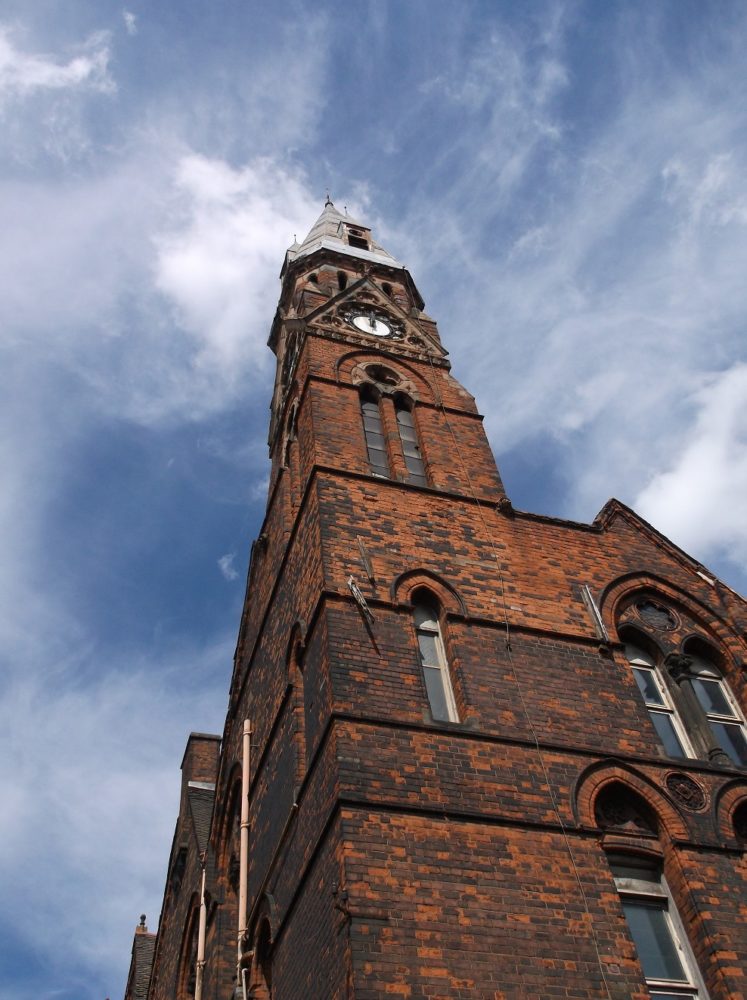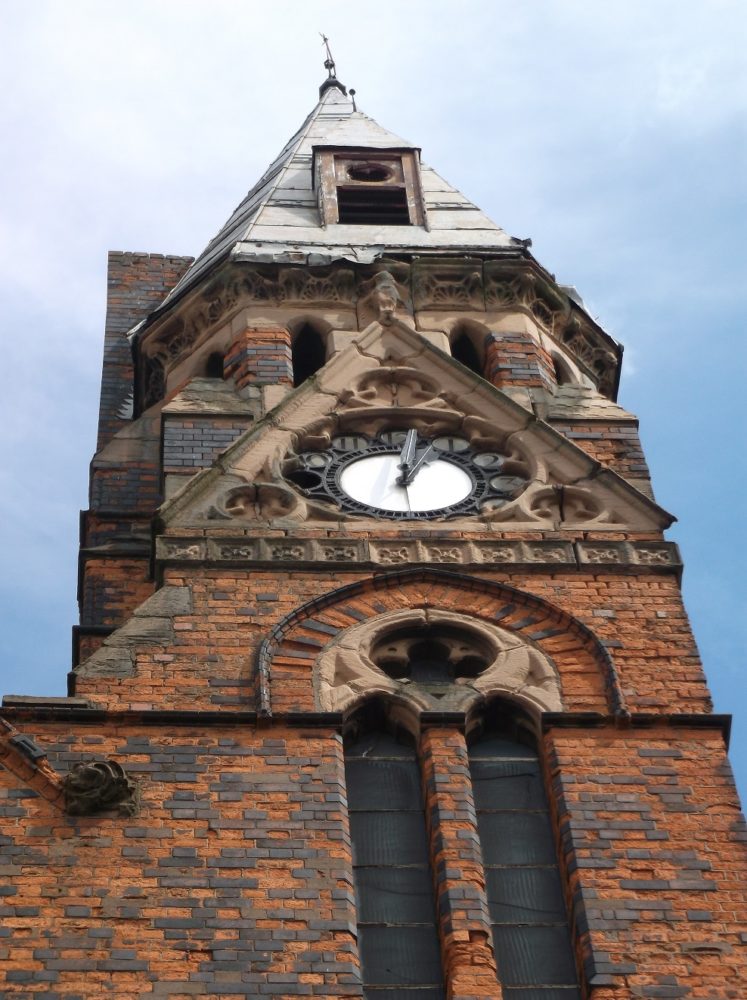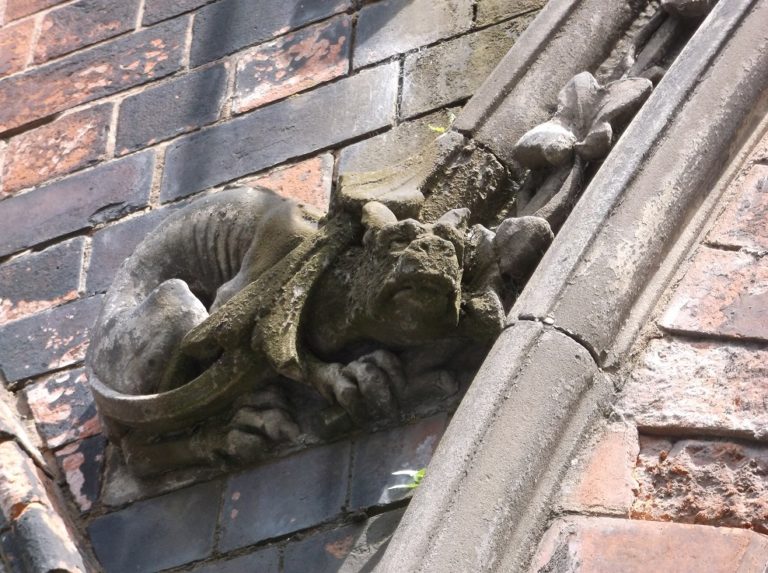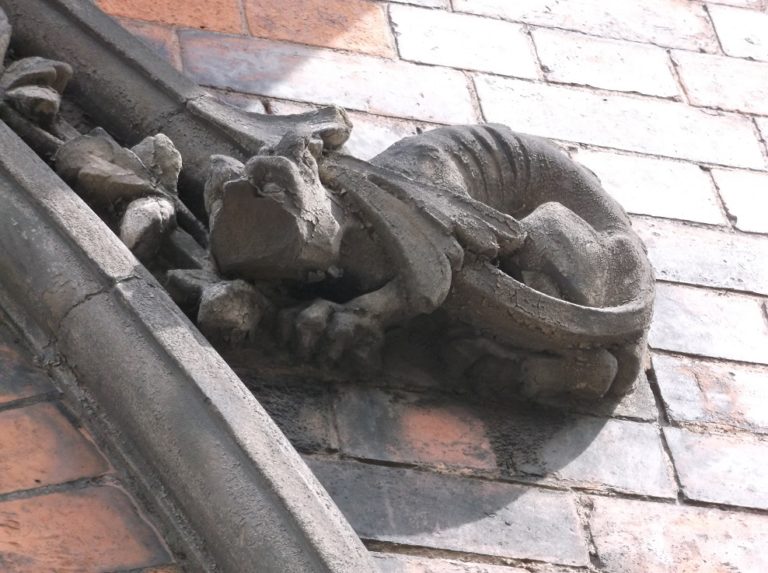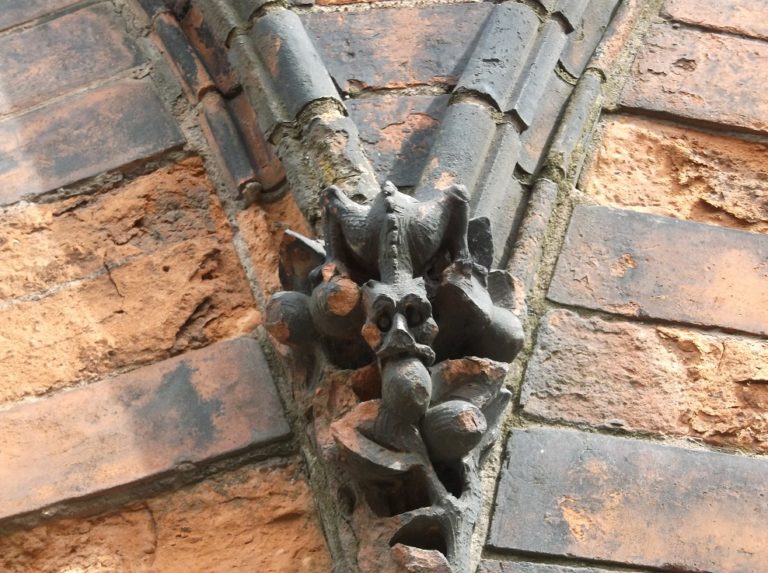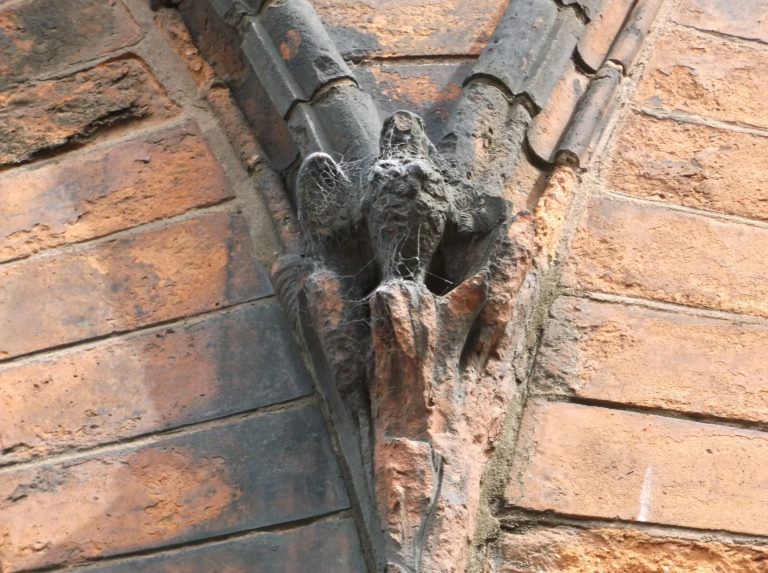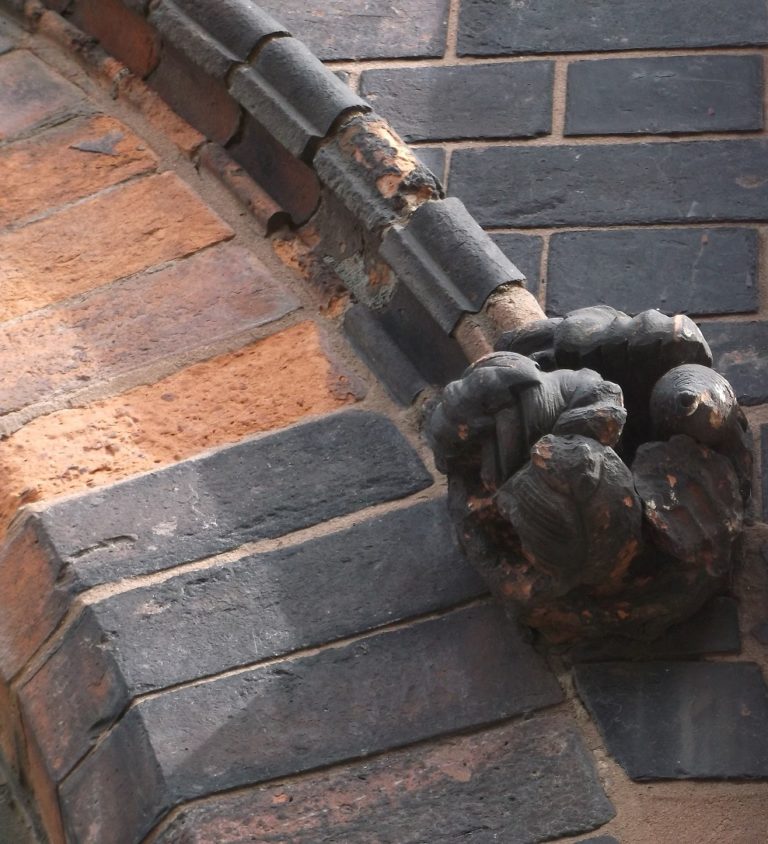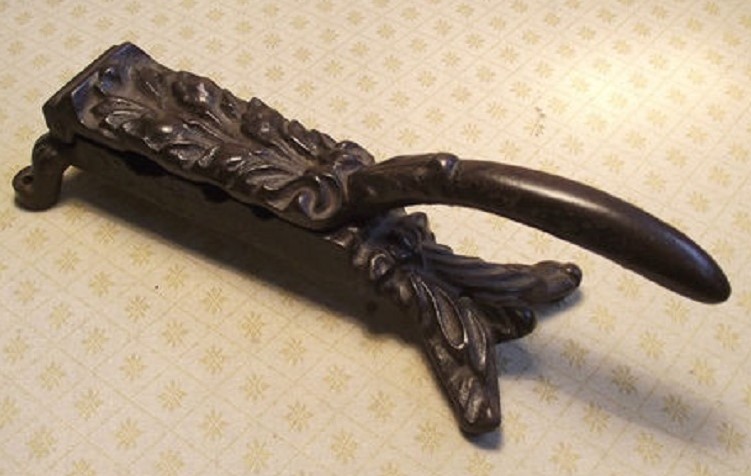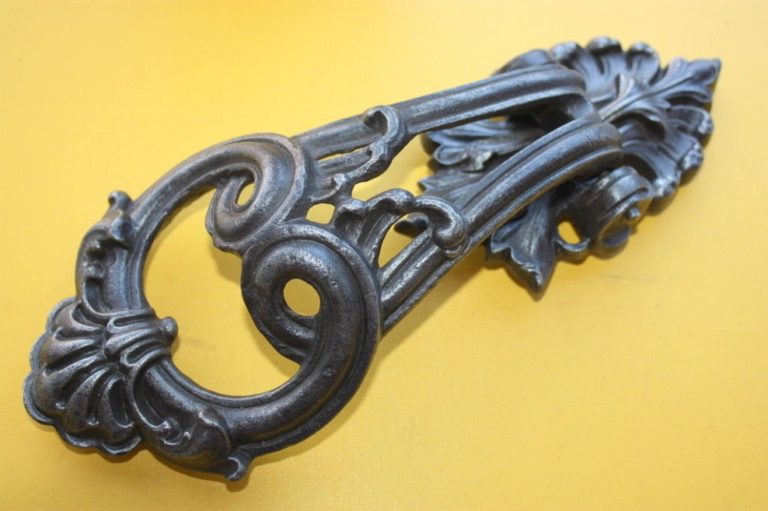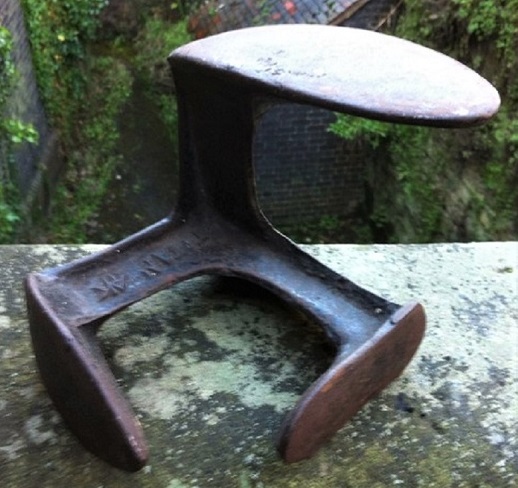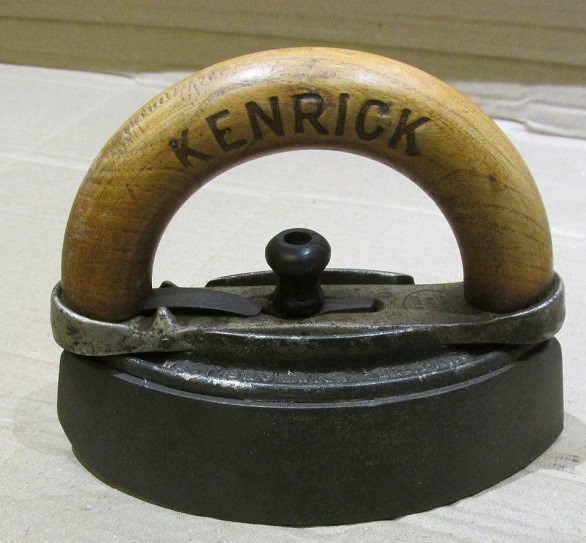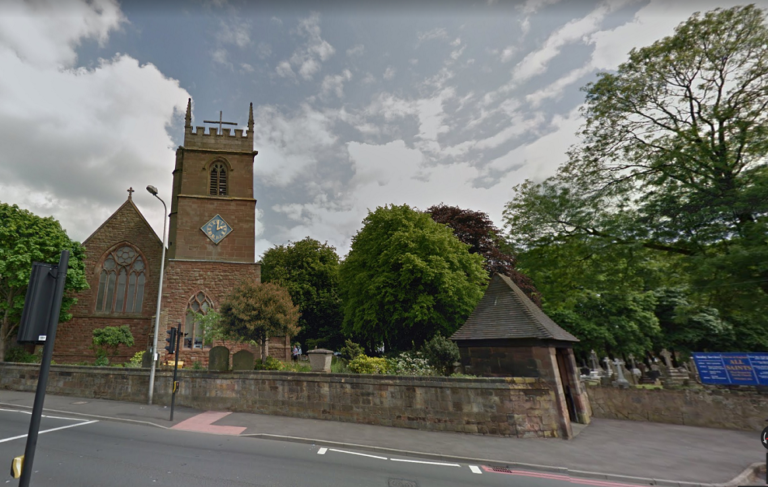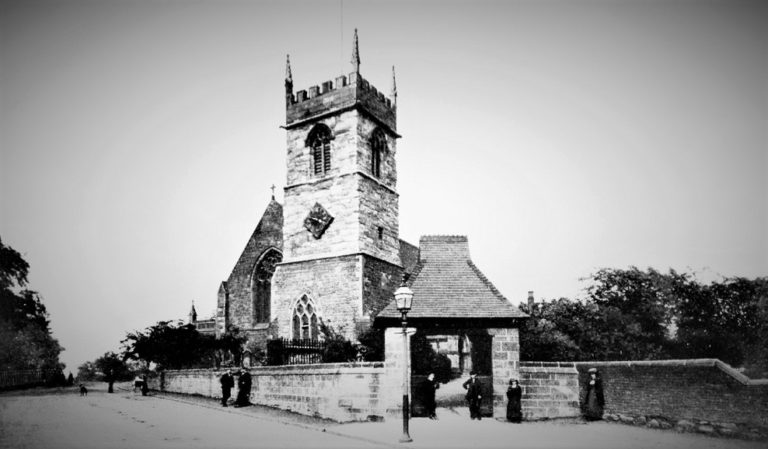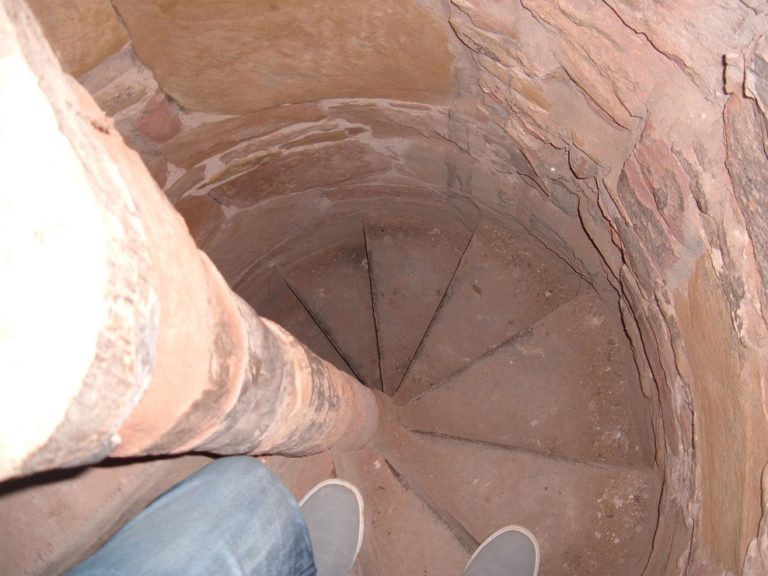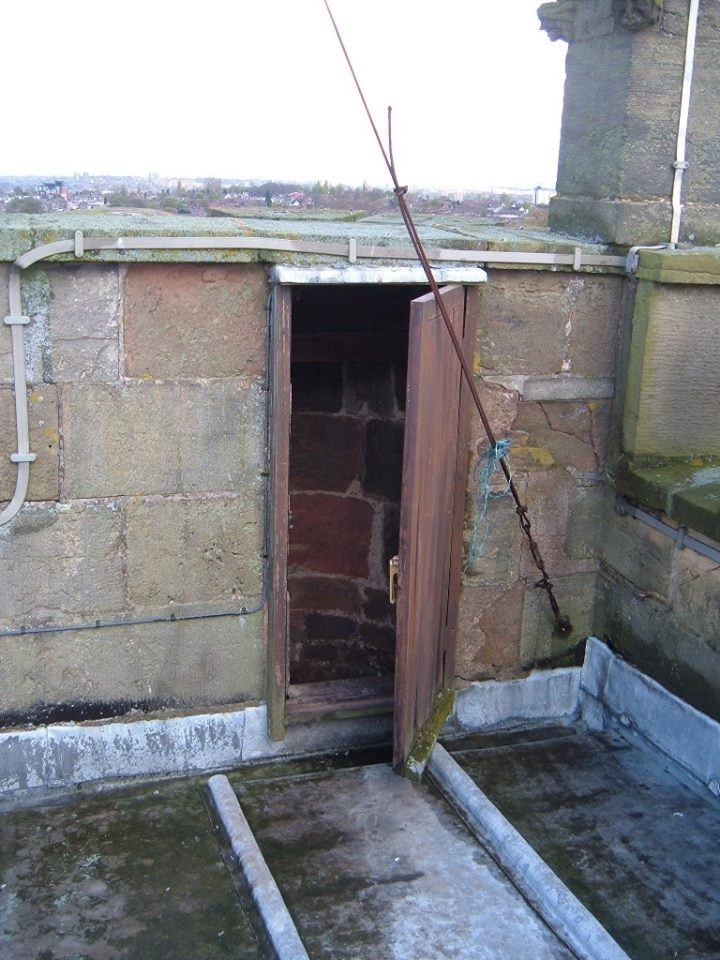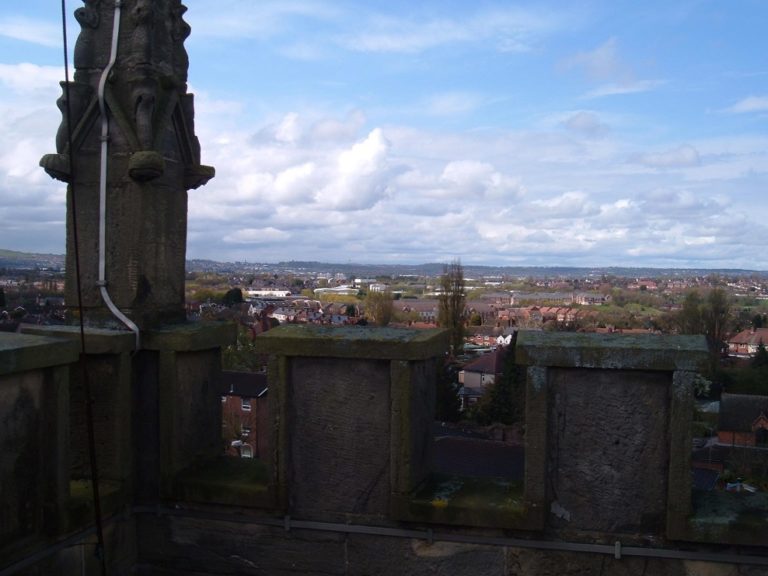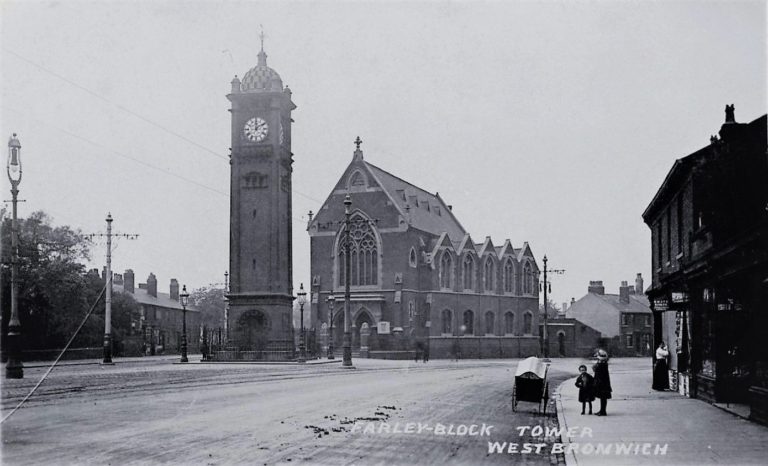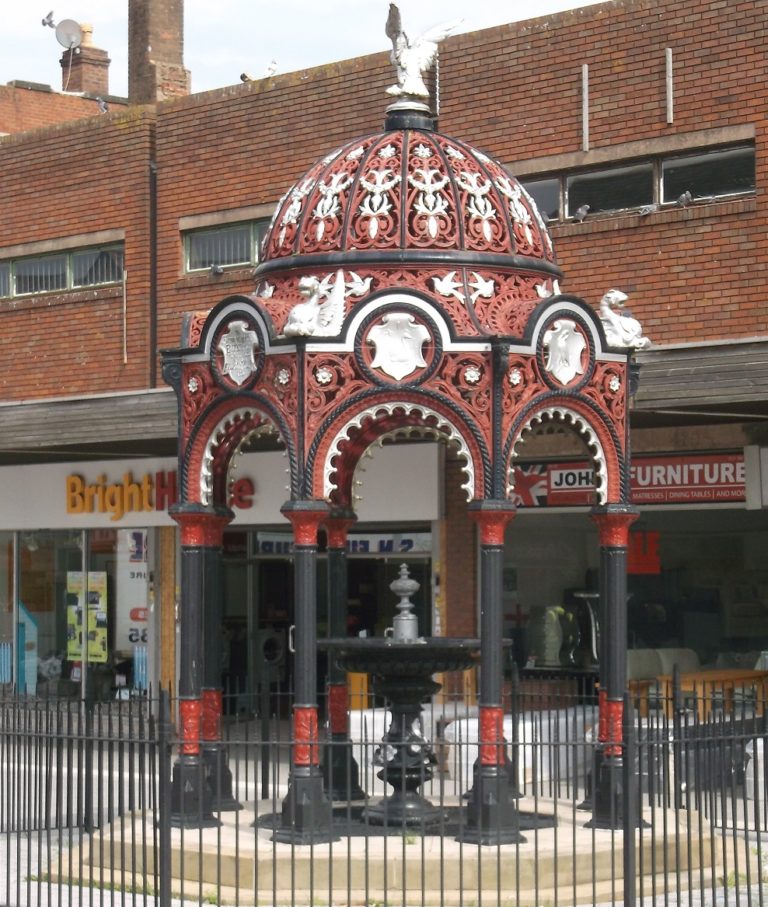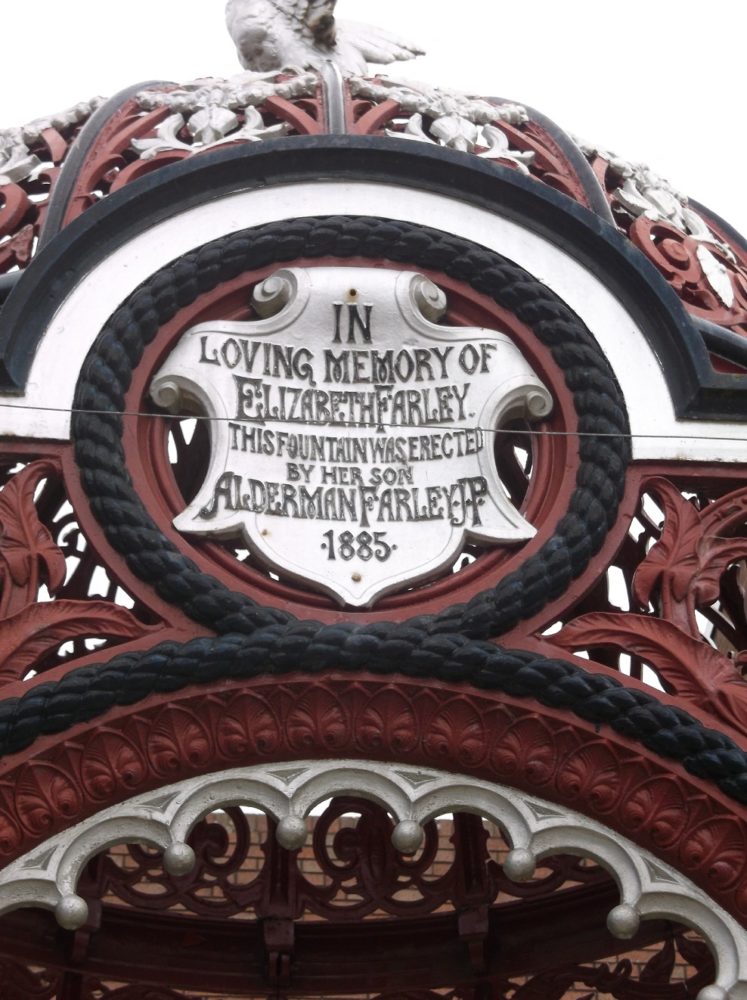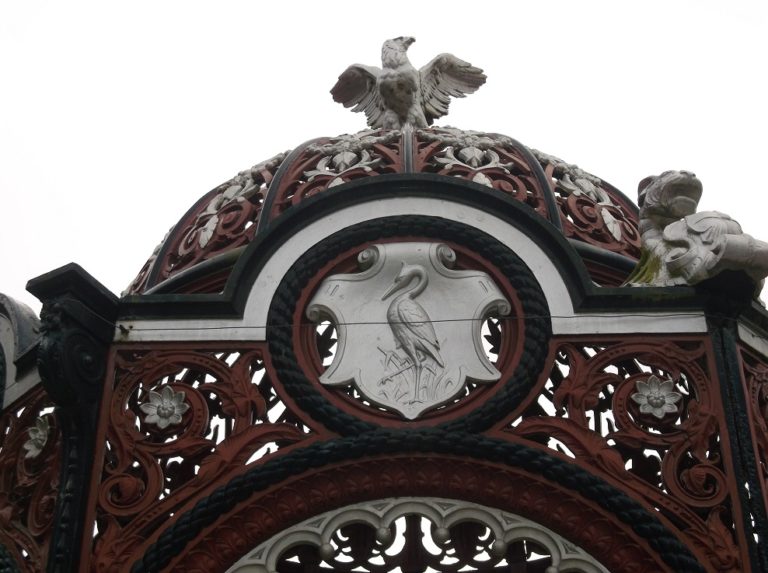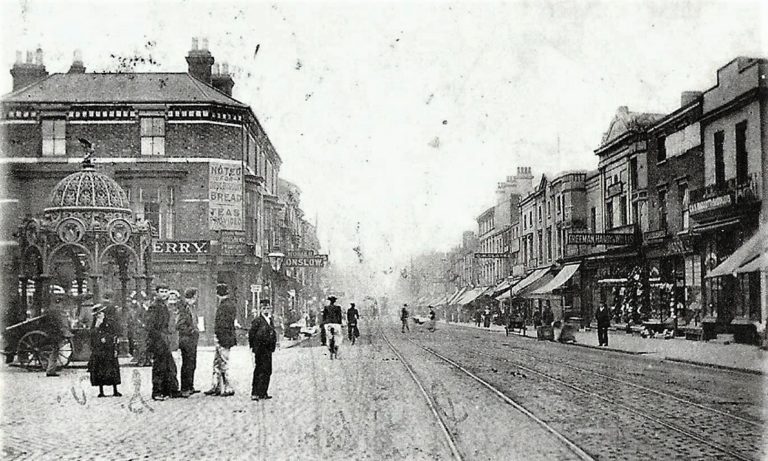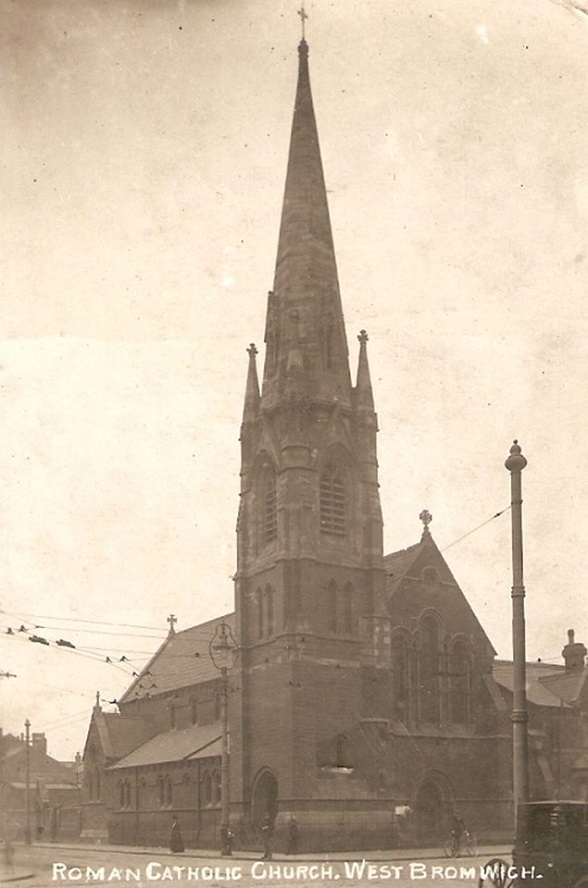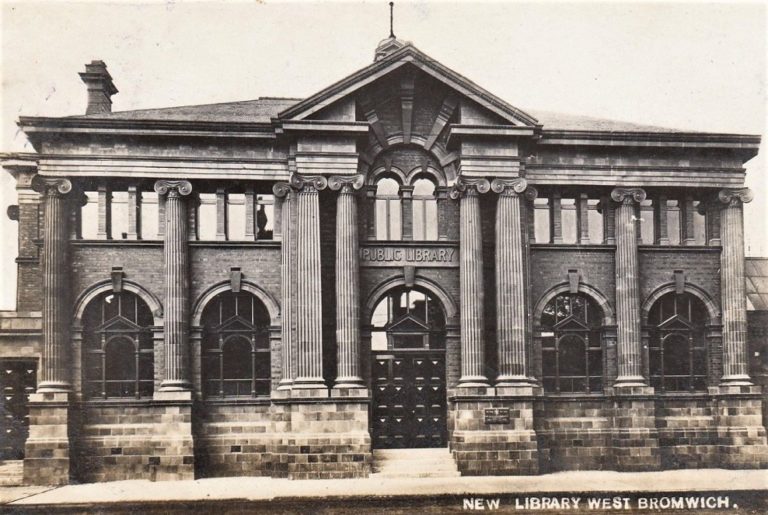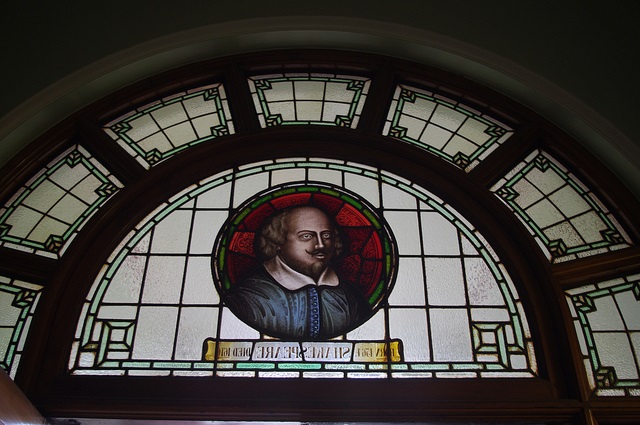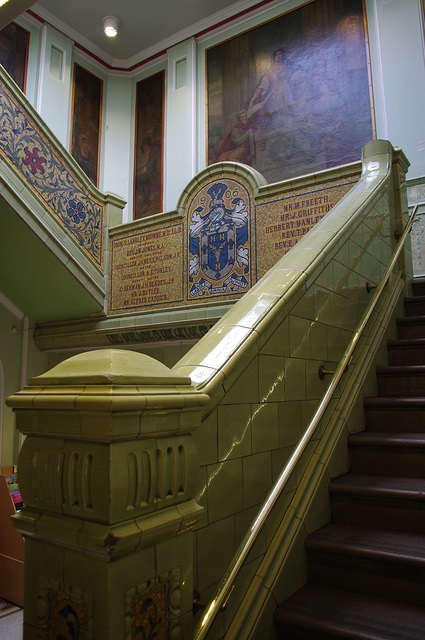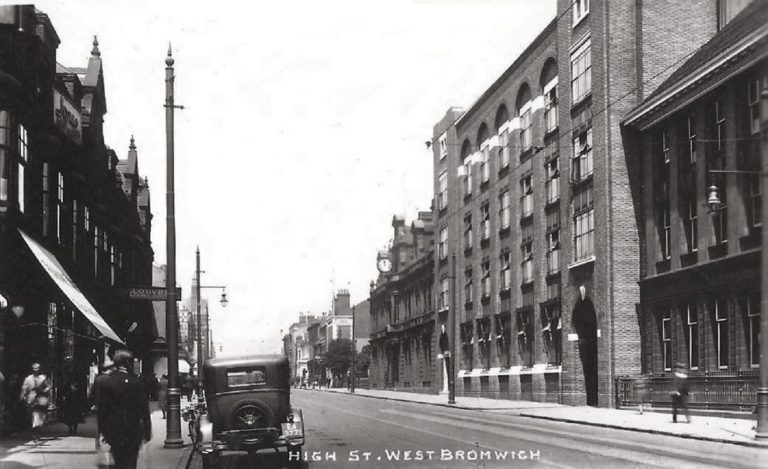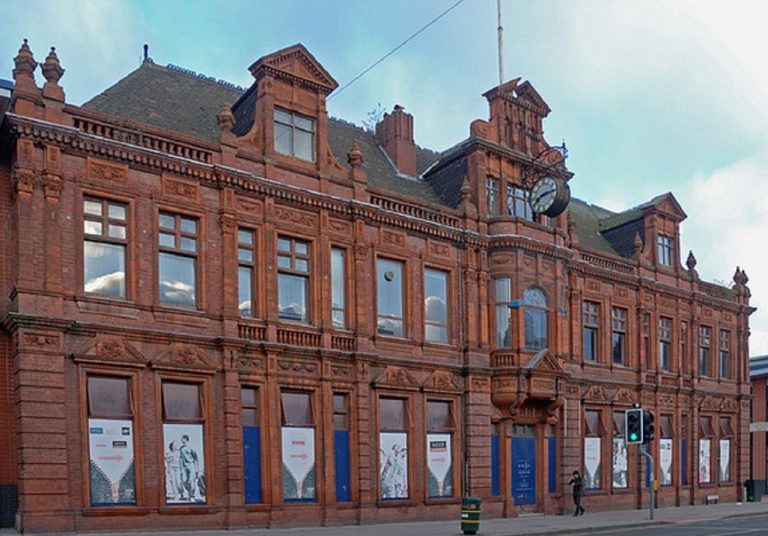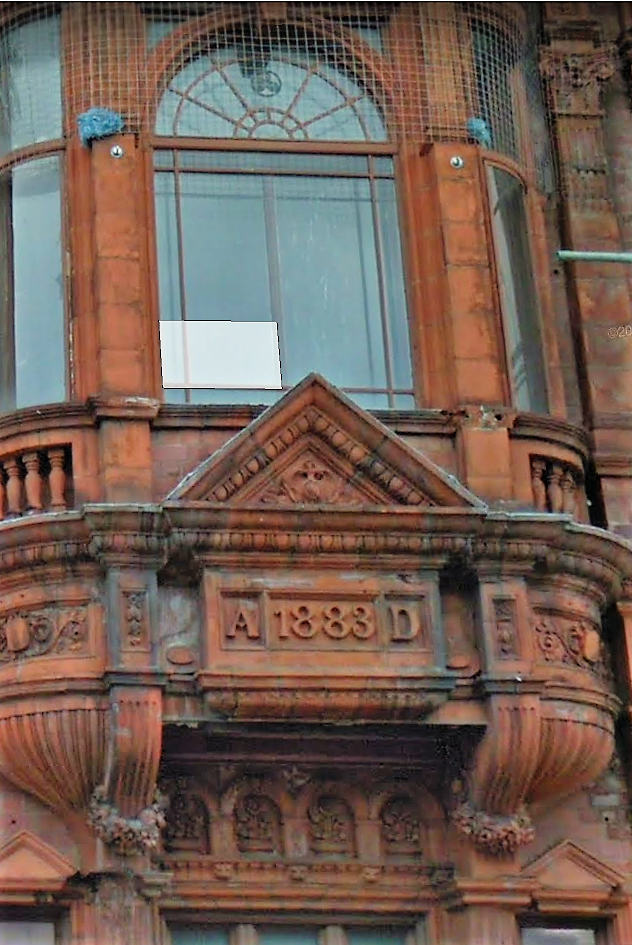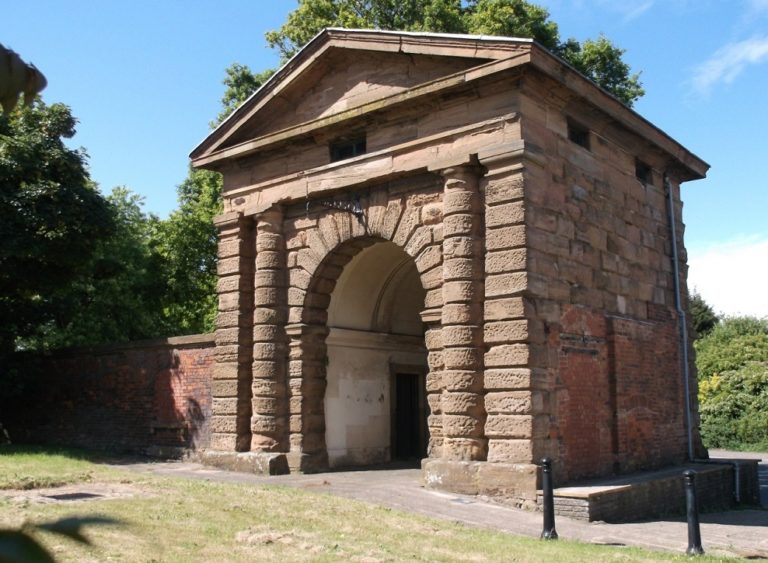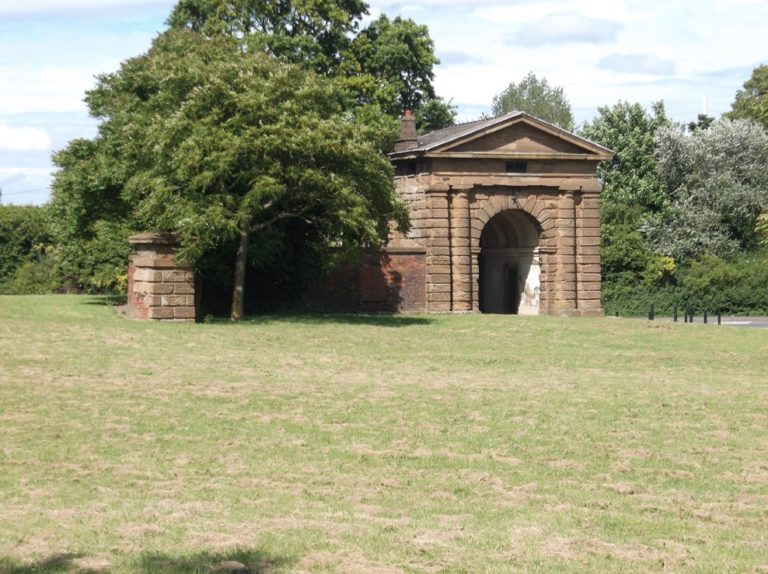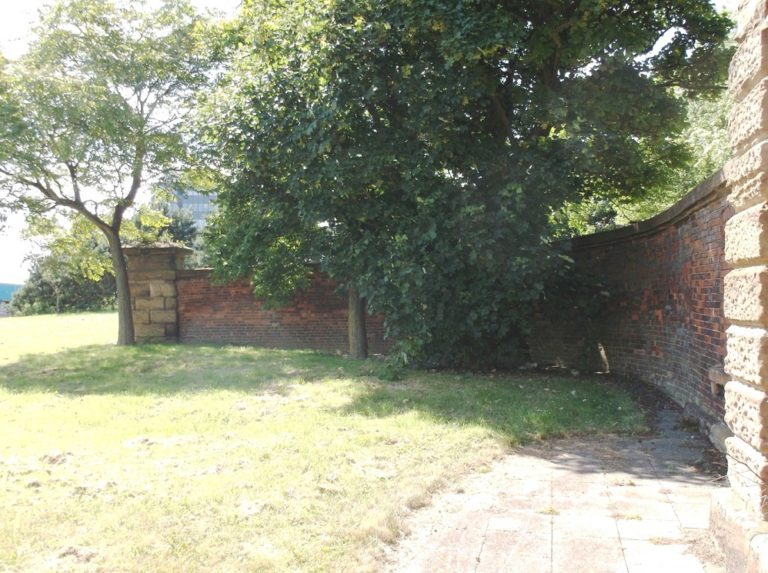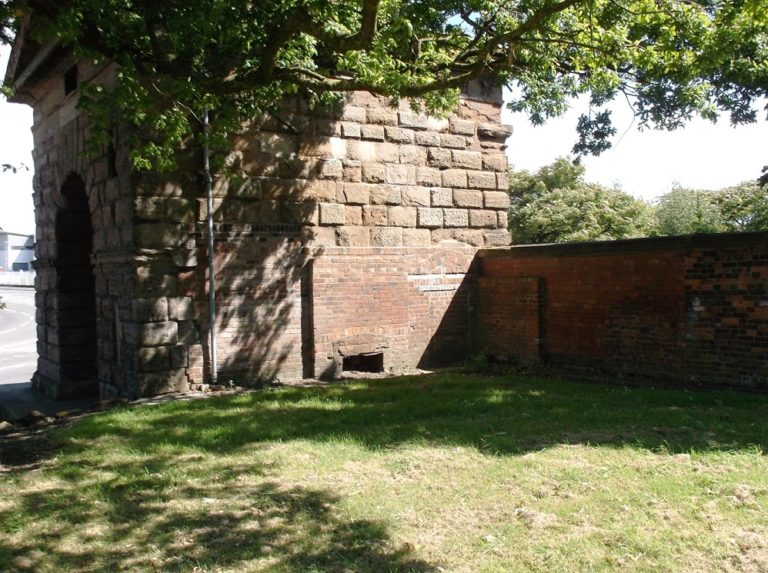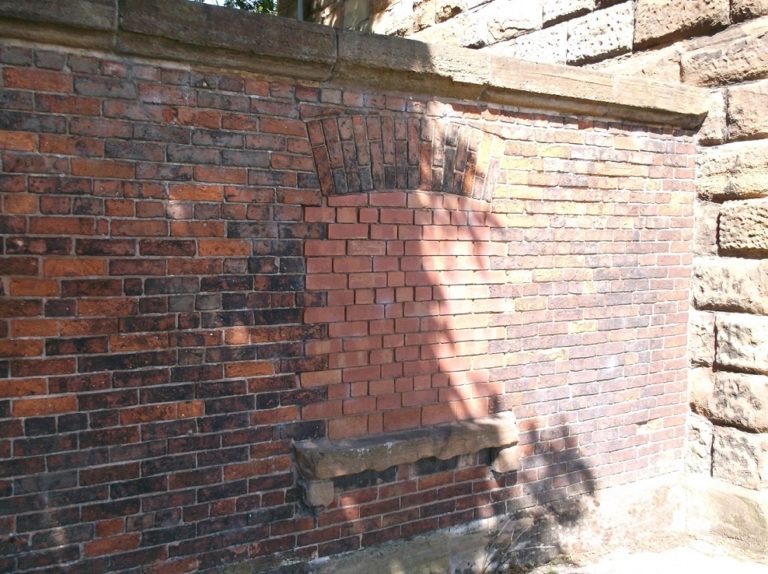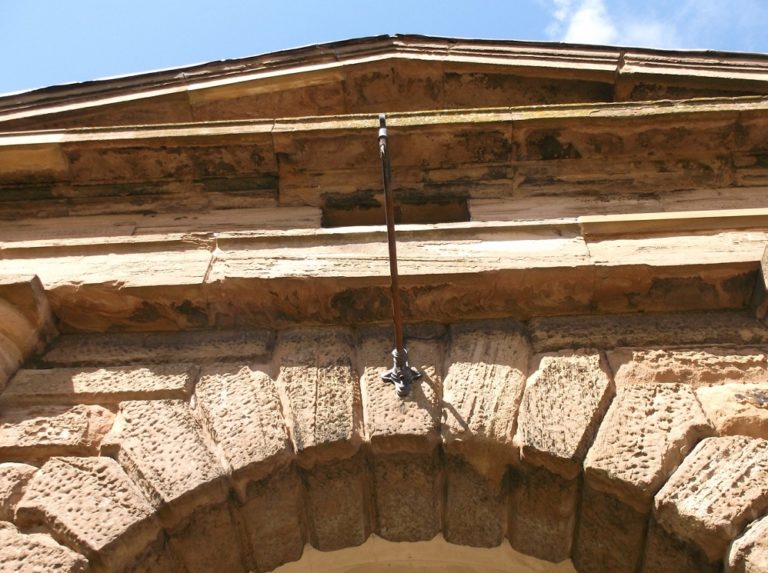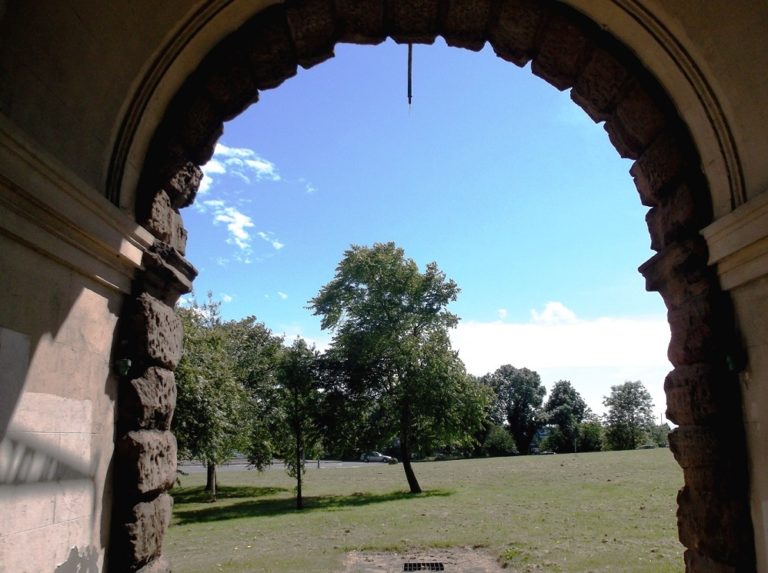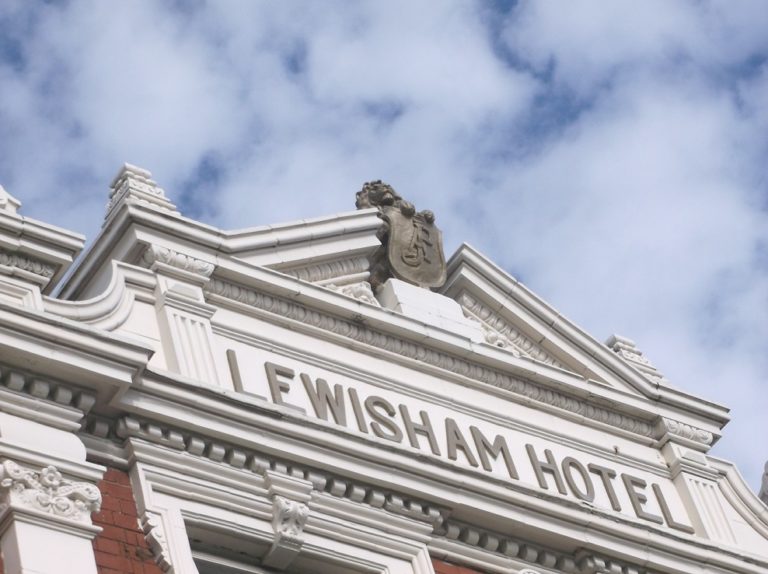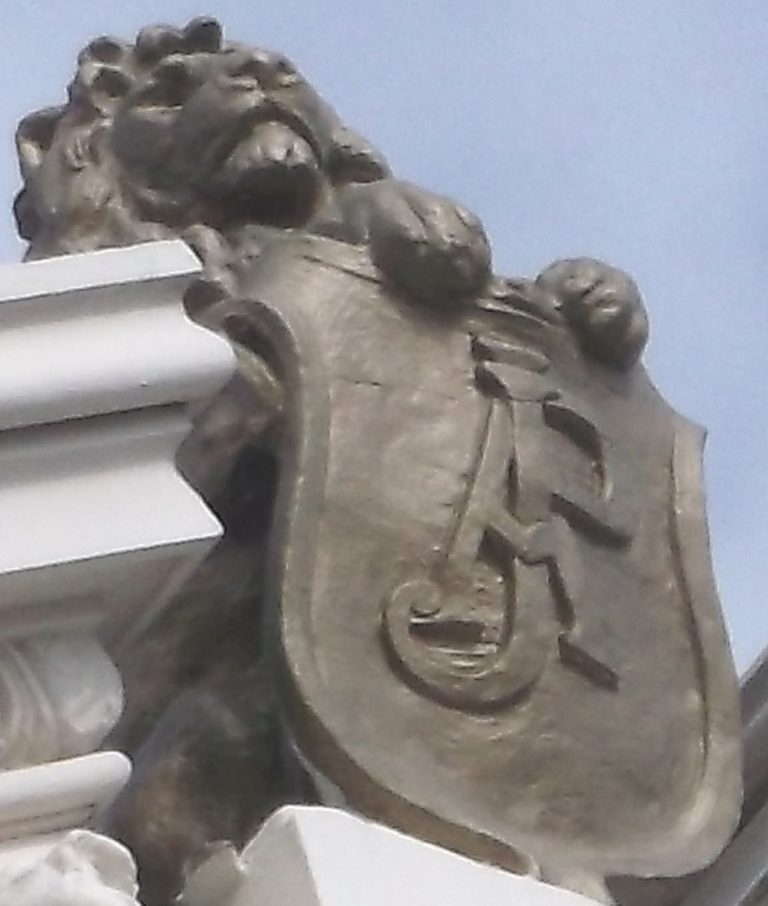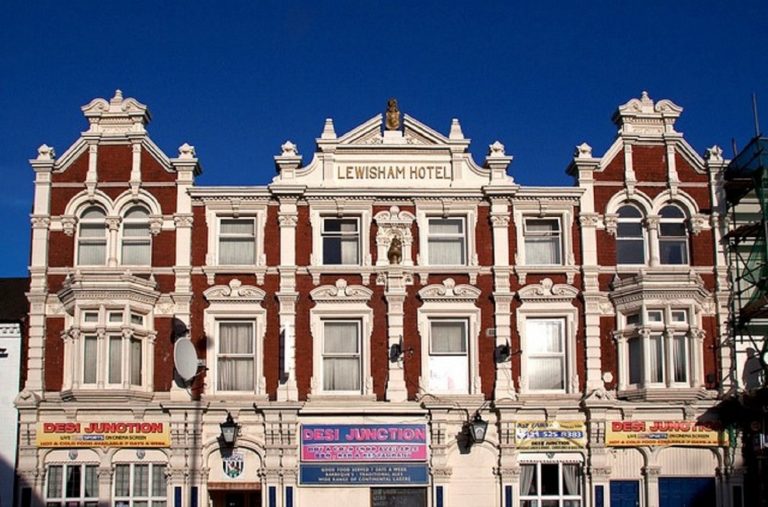Sandwell Hall – demolished 1928
Sandwell Priory was ruinous at the time of its dissolution. The ‘Priory House’ however was successively occupied. The occupant C1567 was Robert Whorwood followed by his son William who in 1611 described his house as ‘Sandwell Hall’. In 1701 Lord Dartmouth acquired the site and had the house rebuilt in 1705. It had the easily recognizable style of many a Midland mansion erected by William Smith of The Wergs near Tettenhall and his architect/builder brother Francis Smith of Warwick.
In an 1834 directory the Hall was described as ‘a beautiful seat in a romantic valley and so effectually enclosed by a high wall and thick plantations, as to be completely secluded from the busy world that surrounds it’.
The Dartmouths had, however, taken a lead in developing coal mining. By 1855 that and other industries were coming too close for aristocratic comfort and the family abandoned the Hall to institutional uses.
Charlemont Hall – demolished 1948
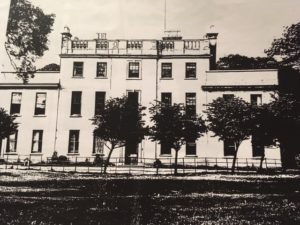 Preceeded by a house called Crump Hall which burnt down c1755, Charlemont Hall stood on the west side of the present Charlemont Crescent. This was the new house Jesson Lowe (son of John Lowe of Lyndon) built for himself. In his will of 1758 the house was referred to as ‘Charley Mount’ and was left to his sister Sarah. She in turn left it to her sister Elizabeth who lived there until her death in 1793. It then passed to her cousin John Hallam, Dean of Bristol, followed by his son Henry who sold the house to Thomas Jesson. c1800 Charlemont Hall was described as ‘a lofty neat-looking house of brick, faced with stone, with iron palisades etc in front’.
Preceeded by a house called Crump Hall which burnt down c1755, Charlemont Hall stood on the west side of the present Charlemont Crescent. This was the new house Jesson Lowe (son of John Lowe of Lyndon) built for himself. In his will of 1758 the house was referred to as ‘Charley Mount’ and was left to his sister Sarah. She in turn left it to her sister Elizabeth who lived there until her death in 1793. It then passed to her cousin John Hallam, Dean of Bristol, followed by his son Henry who sold the house to Thomas Jesson. c1800 Charlemont Hall was described as ‘a lofty neat-looking house of brick, faced with stone, with iron palisades etc in front’.
At the inclosure of 1804 the two roads to the south and west were straightened to run further from the house. The southern half of the road running east of the house was taken into the grounds and planted. Between 1813-1871 many well-known names owned the hall: Thomas Jesson, Samuel James Dawes, Henry Dawes and John Nock Bagnall. In 1825 two fields in the area were known as Upper and Lower Charley.
Dagger Hall
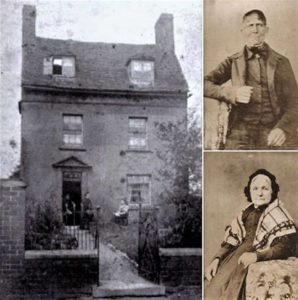 Located at the junction of Dagger Lane and Salters Lane, not far from Hill House, the Grove family were connected to Dagger Hall for many years.
Located at the junction of Dagger Lane and Salters Lane, not far from Hill House, the Grove family were connected to Dagger Hall for many years.
In 1667 it was owned by William Turton of the Oak House who made a well on the north end of the house eastward to the corner of the garden for watering cattle. William was followed by his grandson John Turton. By 1845 it was part of Lord Dartmouth’s estates. Members of the Hall family occupied the property as farmers during the 1870’s.
In 1943 an old resident of the area recalled that Dagger Hall was used for Sunday services. Benches were kept in one of the outbuildings and brought out into the farmyard on alternate Sunday mornings for a service that would begin at six o’clock. (W.E. Jephcott O.W.B.)
(Photographs of Dagger Hall showing a walled garden and attic windows, plus occupants Benjamin Carpenter Hall and his wife Sarah, courtesy of Nigel Sale and Mike Fenton).
Dunkirk Hall
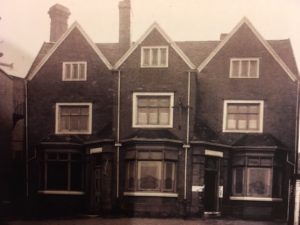 The estate at Greets Green, later known as Dunkirk, was the home of the Rider/Ryder family by the 16th century. The family were staunch Catholics and subject to official displeasure during the reign of Queen Elizabeth I and again during the Commonwealth (1649-1660).
The estate at Greets Green, later known as Dunkirk, was the home of the Rider/Ryder family by the 16th century. The family were staunch Catholics and subject to official displeasure during the reign of Queen Elizabeth I and again during the Commonwealth (1649-1660).
c1663 a brick front was added to the earlier half-timber structure which lay behind. By 1703 when Nicholas Rider died, the estate consisted of a brick house, gardens, a windmill and water mill on the Tame, arable pasture and meadow. At this time the estate was in debt and the executors of his will were directed to sell it. Disputes arose and by 1708 it became a case in Chancery which dragged on for a century! During this time the Gutteridge family occupied the site and continued working the corn mill. The estate was sold in 1812 and several owners followed until Reuben Farley owned the estate in 1881. After his death it was sold to Charles Darby who built a brewery nearby in 1902. The house became the Dunkirk Inn.
In 1895 Hackwood stated that it was divided into two tenements, the occupants of which were engaged in dairying, smithing and inn-keeping.
Finchpath Hall – destroyed by fire c1807
The Name Finchpath occurs in the 1420’s as a hamlet on the West Bromwich bank of the Tame. By the mid 18th century the area at the top of Holloway Bank (Finchpath Hill) was becoming known as Hill Top. At the end of the century it consisted of a large street of small houses plus ‘several good gentlemen’s houses’. One such house was Finchpath Hall, on the east side of the turnpike road opposite the end of Hawkes Lane, home of James Keir from 1791. As a member of the Birmingham Lunar Society, a group that met at each other’s houses, he would have entertained those important men at Finchpath Hall. In 1807 whilst he was staying with his partner Blair in Wolverhampton there was a fire and the hall was destroyed. The property was re-built as two houses, ‘The Woodlands’ and ‘The Poplars’ which were demolished in 1938 to make way for shops.
Lyttleton Hall – Demolished 1974
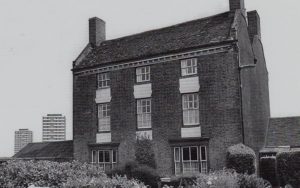 “A three storey building with curved gable ends of a fashion that indicated its antiquity”. This hall on the east side of Bromford Lane was probably the successor of a house which was held by the Littleton family in 1609. Littleton’s Hall occurs in 1723. it was rebuilt about 1779 and by 1796 had become the home of John Izon the Ironfounder. c1800 it was sold to Thomas Blakemore then passed to the Dawes family, owners of the nearby Bromford Ironworks.
“A three storey building with curved gable ends of a fashion that indicated its antiquity”. This hall on the east side of Bromford Lane was probably the successor of a house which was held by the Littleton family in 1609. Littleton’s Hall occurs in 1723. it was rebuilt about 1779 and by 1796 had become the home of John Izon the Ironfounder. c1800 it was sold to Thomas Blakemore then passed to the Dawes family, owners of the nearby Bromford Ironworks.
A notice advertising the hall for let in 1814 reads: “Pleasant country residence, Littleton’s Hall, consisting of a good dining parlour, drawing room and eight bed chambers, a large kitchen, coach house, stables, a good garden and about 137 acres of arable, meadow and pasture lands lying near the building”. (W.E.Jephcott O.W.B.)
By the late 1840s it was the home of John Broughall, the manager of Lyttleton Hall Colliery. The house was used as an Isolation Hospital during the smallpox epidemic of the early 1880s but by 1885 was returned to private occupation. From 1911 until his death in 1970 Joseph Whitehouse occupied the property which he bought in 1925 and ran a dairy farm there until 1950.
There remain today very many buildings and structures in West Bromwich which could face potential demise if we drop our guard – Mike Fenton
See West Bromwich – The Danger List by Mike Fenton.doc
See photographs:

